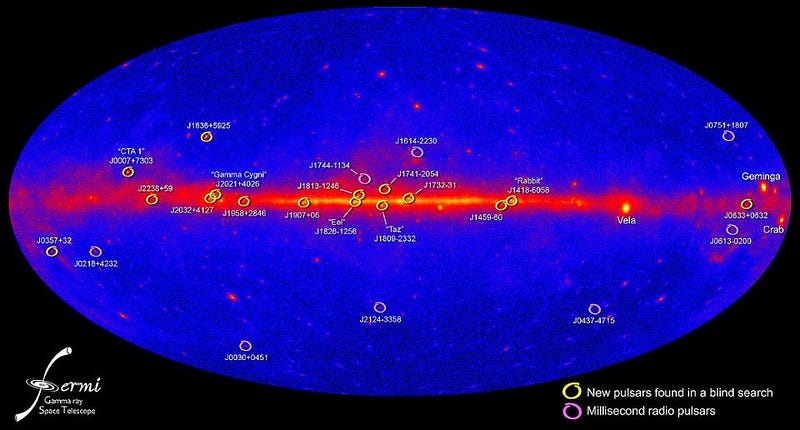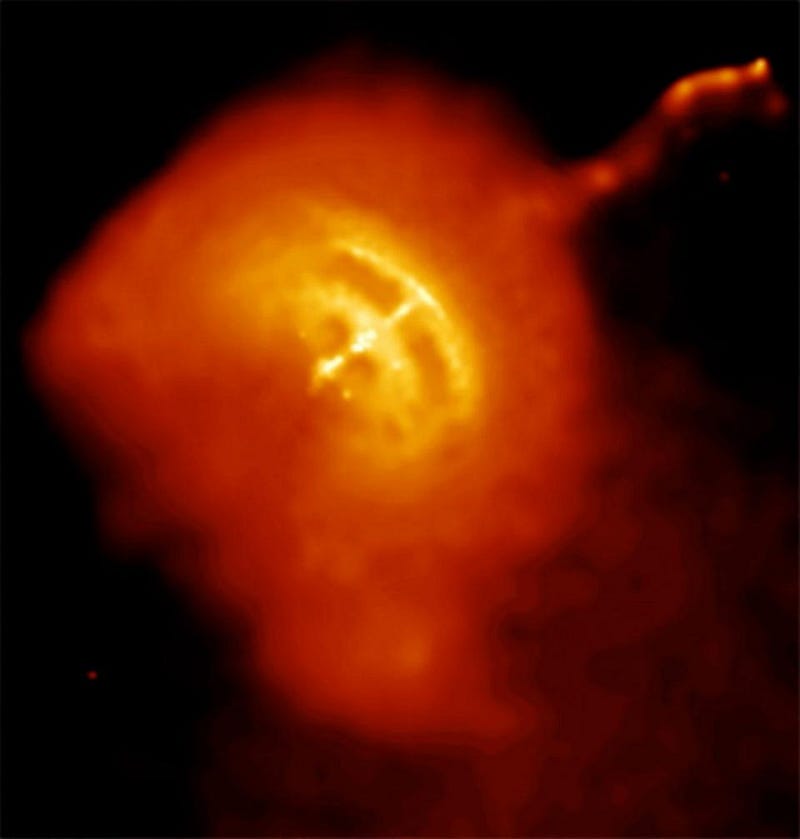Pulsars: How The First ‘False Alien’ Signal Opened Up A New World In Astronomy

Sometimes, what nature gives you is even better than what you hoped for.
“Science doesn’t always go forwards. It’s a bit like doing a Rubik’s cube. You sometimes have to make more of a mess with a Rubik’s cube before you can get it to go right.” –Jocelyn Bell-Burnell
If you wanted to search for aliens, you might look into space for regular broadcast signals similar to what we create on Earth.

In 1967, a radio source emitting regular, 0.04-second long pulses every 1.3373 seconds was found for the first time using a scintillation array.

After the “noise” explanation was ruled out, the next thing people turned towards were intelligent extraterrestrials.

There was no natural mechanism in existence that would have explained it at that time, so turning to aliens was logical, if ultimately incorrect.
Instead, it turned out to be radio emissions from a pulsar, PSR B1919+21, the first one ever identified as such.

Formed when the core of a star going supernova collapses, pulsars are rapidly-rotating balls of neutrons, where the surrounding matter is accelerated by an incredible magnetic field.

As the neutron star rotates, two jets change their position through space, causing you to see a “tick” of a pulsar each time it passes by a location.

In binary orbits, we’ve seen pulsars precess where they become invisible and then visible again.

The oldest are the Universe’s most stable natural clocks, accurate to 10–15seconds over decades.

Mostly Mute Monday tells the story of a single astronomical phenomenon or object in visuals and no more than 200 words.
This post first appeared at Forbes, and is brought to you ad-free by our Patreon supporters. Comment on our forum, & buy our first book: Beyond The Galaxy!





